Growing Your Own Food For Beginners
I get commissions for purchases made through links in this post. View our Affiliate Disclaimer.
How rewarding, growing your own fresh produce at home! No preservatives, pesticides, or any bugs to eat their way through your lovely fresh lettuce that you have just spent a fortune on at your local supermarket! Most of us have, at some point, dreamed of starting a small home garden, either indoors or outdoors, to supply our basic fresh produce needs.
There are some basic steps which you will need to take before you start growing your own food, as well as some basic preparations which will have to be made in order to grow what you need for yourself and your family. Sometimes a garden or vegetable patch can seem quite intimidating to the beginner, but once you have done the research and the planning, it is oh so rewarding watching your own plants grow!
Everyone is different and each of us have our own personal reasons for wanting to pursue growing their own food but are uncertain how and where to begin. We have written this guide to help you to take your first steps into venturing into this rewarding activity of growing your own food for you and your family.
How Do I Start?
Like most new beginnings, start with a plan. Planning how and what to do always makes the task at hand seem more manageable, and breaking tasks down step by step gives you an added feeling of accomplishment once you have ticked a task off the list of things to do!
Make A List Of All The Fresh Fruit And Vegetables That You And Your Family Love To Eat.
Are there certain vegetables that you would never eat, ever? Then, do not grow them in your garden! What you do need is a list of all the fresh produce that you and your family will eat. Draw up a list of vegetables and another for fruit.
Once you have a suitable list that contains everything that you will eat, including the picky eaters, then break the list down into seasons. Most gardening publications will offer great advice on which plants will grow during which seasons – a good point to remember is which hemisphere you are living in! You may be reading good advice on how to grow lettuce during the summer season, but the months referred to in the article might be in the middle of winter where you live!
Break the list down even further into trees, creepers, root vegetables, and above ground growers.
Where Are You Going To Grow Your Plants?
Most plants can grow either indoors or outdoors, depending on what they are going to be grown in. If you don’t have any outdoor space, decide where you can grow your plants indoors and research which plants can grow in the allocated space and what they would need to grow in.
As an example, if you want to grow tomatoes, you may need a large pot with a trellis for the plant to climb up, whereas carrots need a deep pot to grow in as they are a root plant.
Research various indoor growing methods to suit your space, such as indoor vertical growing systems, indoor hydroponics, Dutch buckets, or even something as simple as a plant pot on your windowsill.
Fruit trees can be grown in large pots but do need a larger space than a smaller plant. Many plants need natural light or a ray of sunshine to help them grow, and others may need plenty of water.
Outdoors can either mean a small patch in your back garden or a verandah or patio with potted plants! Both ways require different methods – pots, soil, sun, shade, and location are factors for growing your plants outside.
Investigate alternate methods of growing if you do have the space, such as hydroponics, which is growing plants in water – a wonderful way to grow your plants, and you can grow your favorite vegetables year-round, through all seasons! This system is scalable for indoors and outdoors growing, and you can grow just enough for your own needs, or you can go big and get involved in growing on a larger scale to sell at the market or to hotels and restaurants.
Raised beds are a wonderful option if you have a problem bending down to ground level! Many plant varieties can grow just as well in a raised bed as in the ground.
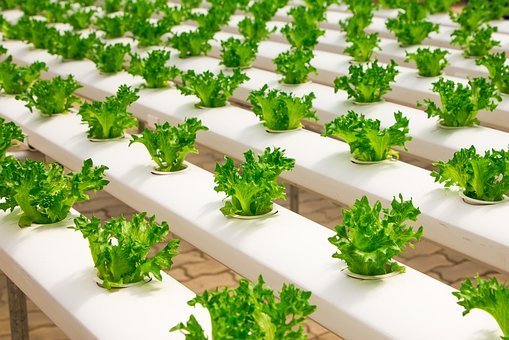
Seeds Or Seedlings?
Perhaps the best way to start growing plants as a beginner would be to buy seedlings from your local garden shop. As a new gardener, the satisfaction that you feel when you grow a plant and harvest the fruit or vegetables to prepare and eat is fantastic!
Growing something from a little plant and watching it become good enough to eat will encourage you to keep going and try to grow other plants on your list.
Once you have some experience with growing seedlings, the challenge to grow from seeds will not be as daunting! Make sure you get the best seeds that you possibly can and check the expiry dates on the packs as old seeds may not grow!
Of course, now that you are an experienced grower, you may start to harvest your own seeds from plants that you have grown!
How Much Time Can You Spare Looking After Your Garden?
This is a real issue for many gardeners. We all have great expectations of wonderful, healthy gardens filled with all sorts of healthy-looking, good to eat plants! Sometimes the reality is a little different. Many of us are away from home for most of the day, leaving early in the morning and returning late at night, tired out from the day’s activities!
To avoid returning home to a garden which is either too big to look after daily and requires your undivided attention, or, even worse, returning home to wilted or dead plants, keep it simple!!
Decide what you can care for daily, plan which vegetables and fruit you would like to eat in the season, and only plant what you can realistically look after. This could mean only growing a single lettuce and a basil plant in a pot in your kitchen, but a living, healthy, good to eat plant is better than a wilted plant – so rewarding to watch what you have planted with your own two hands grow and thrive!
Some plants require less water than others and may thrive in a small patch of soil in your garden. Find a sheltered spot somewhere that is out of the way of animals and people, and plant something that you will enjoy eating but may only need attention once or twice a week, which is manageable for most people.
What Do You Need To Get Started?
The basic requirements for any plant are the same – a medium to grow in, light, water, food, and a bit of care!
Once you have decided what you are going to plant and where the plant is going to live, the next step is, what do you need to plant it in to make it grow?
Obviously, the choice of whether to plant directly into the ground or into a pot would be decided by if the plant will be grown indoors or outdoors.
Indoor containers range in size, shape, color, and design, so decide which space will be the best for your plant and buy the container accordingly. Remember to buy a suitable container for the type of plant that you would like to grow in it.
Once you have the container, fill it with pebbles for drainage and a good indoor potting soil. Follow the directions on the seedling tray on how to plant, give the plant a good watering in its new home, place in a light, wind-free spot – sit back and watch it grow!
For working with indoor plants, you may like to purchase a small set of garden tools designed for working on smaller indoor plants.
For outdoor plants, preparing the ideal spot for your new garden may take a bit more time as you will need to prepare a bed by first removing any unwanted grass, weeds, rocks, and stones from the area. A fair amount of manure may need to be added – this can be purchased from your nearest garden center.
You will need a few more tools for working with plants in your garden – invest in a good shovel and a rake to start, and don’t forget a good garden hose pipe and a pair of good working gloves!
Conclusion
In conclusion, have fun, experiment, and don’t be afraid to try out new methods of planting the vegetables and fruits that you and your family will enjoy eating! The point of being a beginner is to learn, and while learning, you will make mistakes, but you will also grow your own healthy foods!
While learning about which vegetables and fruits you can grow, you may also learn how to grow medicinal plants, herbs, and edible flowers – what a colorful treat to add to your garden!
Take advantage of all the information available on the internet, speak to the experts at your local garden center, and enjoy your new hobby.
Get more posts like this
Subscribe to our mailing list and get interesting homesteading and green living info and updates to your email inbox.
Thank you for subscribing.
Something went wrong.



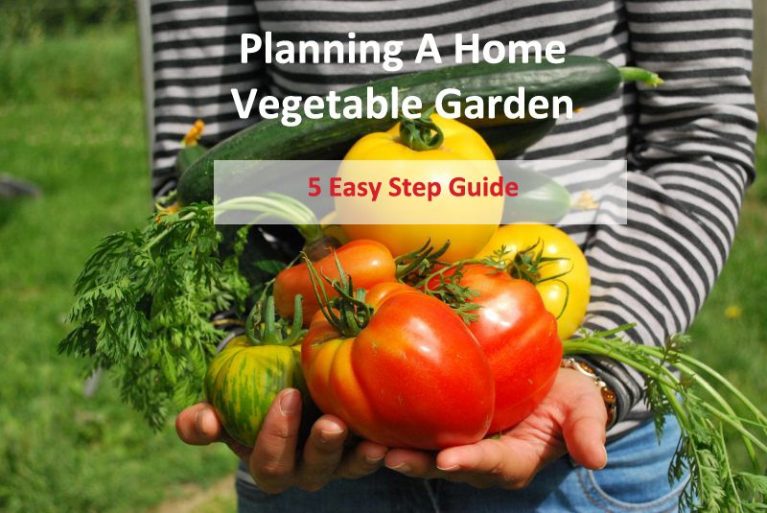
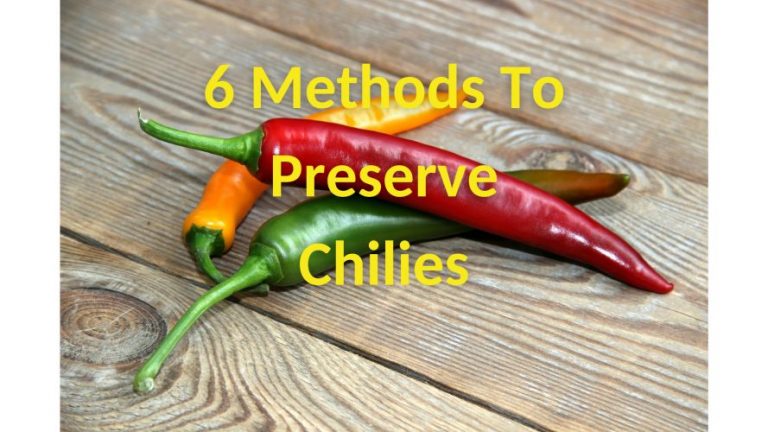
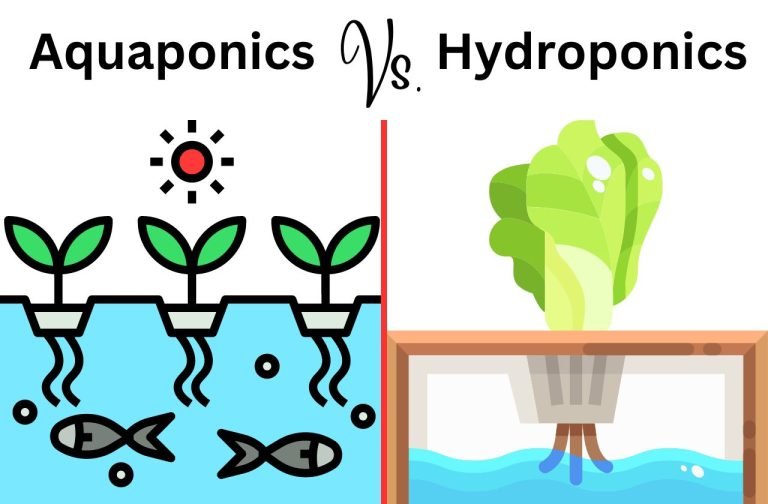

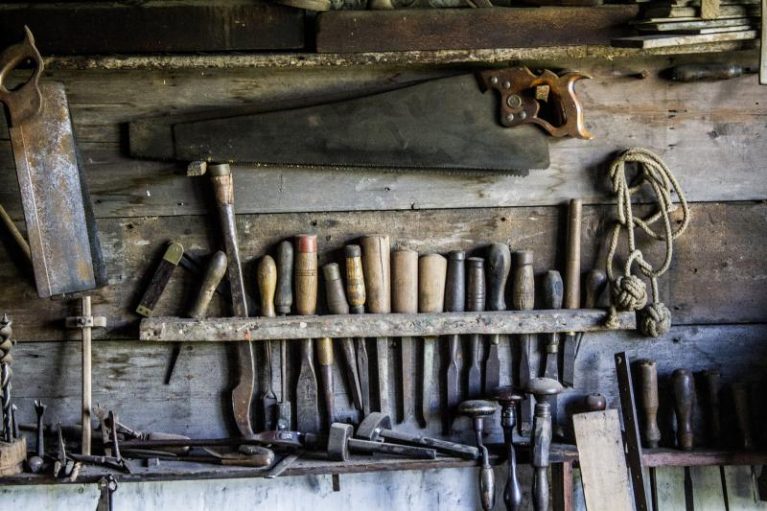
The best post. i really love this amazing post.